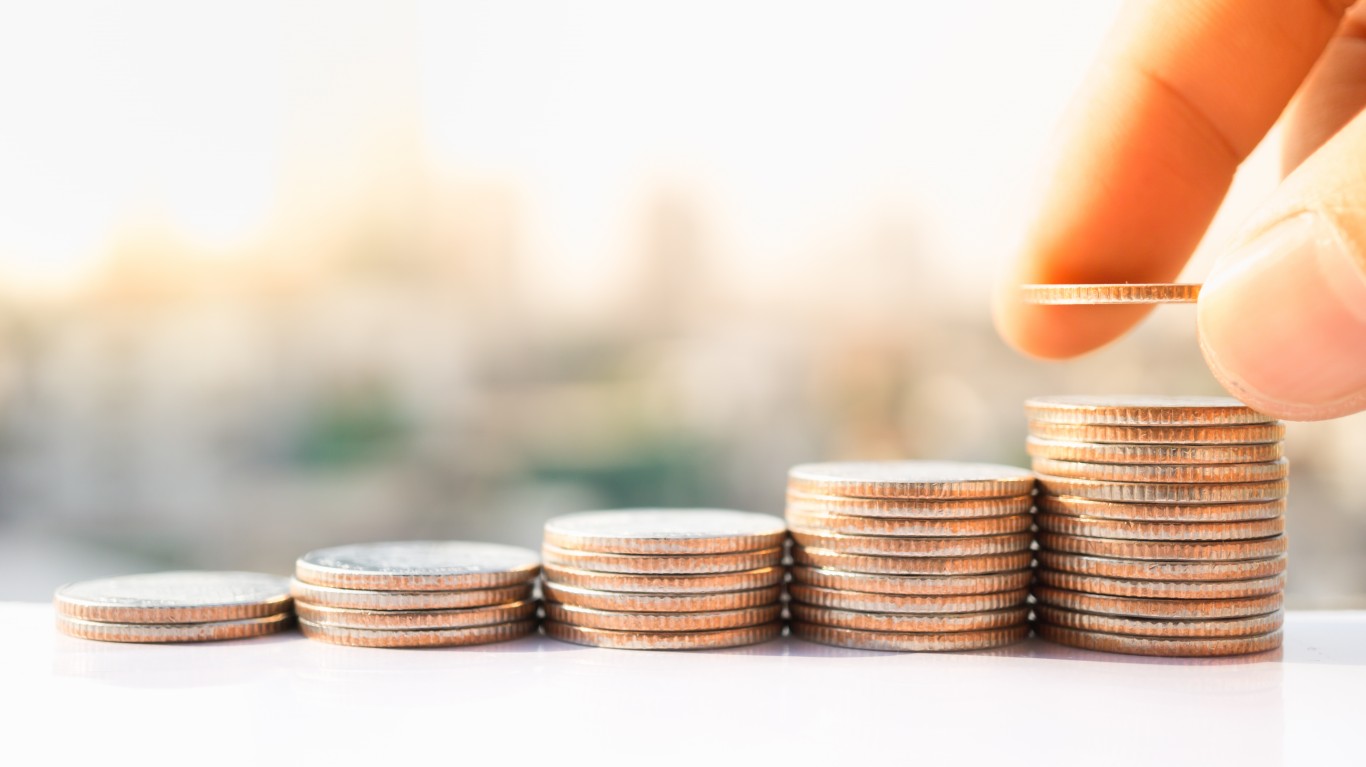Investing
Johnson & Johnson Just Paid Investors: Here's How Much They Received

Published:

Johnson & Johnson (NYSE: JNJ) is rewarding its shareholders once again with a quarterly dividend of $1.24, payable on Tuesday, Dec. 10. That is the same as in the prior quarter. The stock has underperformed the broader markets in the past few years. However, the dividend payment underscores the management’s commitment to delivering consistent value to investors.

Investors favor dividend stocks for two main reasons. The first is that they offer enticing total return potential. Total return is a comprehensive measure of investment performance that includes interest, capital gains, dividends, and distributions realized over time. In other words, the total return on an investment or a portfolio consists of income and stock appreciation. It is one of the most effective ways to boost the prospects of overall investing success.
Dividend stocks can also provide investors with a steady, reliable stream of passive income. Passive income is money that is earned with little to no ongoing effort, usually from assets that generate cash flow. This income can come from a variety of sources, including stock dividends. Generating passive income is a desirable financial strategy for those seeking to diversify their income streams or achieve financial independence.

Johnson & Johnson has a reputation for having a stable and dependable growing dividend. The company has increased its dividend annually for 62 years. That is well more than the 25 straight years of growth it takes for an S&P 500 member to become a Dividend Aristocrat. It makes the stock a Dividend King, a member of that exclusive group of stocks that have at least 50 consecutive years of dividend growth.
Since 2004, the Johnson & Johnson dividend has grown about 417%. The current dividend yield is 3.3%, which is more than the average yields of the pharmaceutical industry and health care sector. The share price has grown by about 177% since 2004 as well, offering investors growth along with the income.

Johnson & Johnson researches, develops, manufactures, and sells various health care products worldwide.
Its Innovative Medicine segment offers products for various therapeutic areas, such as:
The MedTech segment provides Interventional Solutions. These include:
This segment also offers an orthopaedics portfolio that includes:
The company distributes its products to wholesalers, hospitals, and retailers, as well as physicians, nurses, hospitals, eye care professionals, and clinics.
Its headquarters are in New Brunswick, New Jersey. The company was founded in 1886 by three brothers to sell ready-to-use sterile surgical dressings. It went public in 1944. Now, Johnson & Johnson competes with or is similar to AbbVie Inc. (NYSE: ABBV), Bristol-Myers Squibb Co. (NYSE: BMY), Merck & Co. Inc. (NYSE: MRK), Pfizer Inc. (NYSE: PFE), and others.
In 2023, the company split off its consumer health care business into a new publicly traded company, Kenvue Inc. (NYSE: KVUE). In addition, Johnson & Johnson is building a $2 billion pharmaceutical factory in North Carolina. It is also seeking expanded use for its Tremfya plaque psoriasis treatment. And it recently appointed a CIO to lead its business technology strategy.

The share price is less than 6% higher than five years ago, far underperforming the S&P 500 in that time. In the past month, the stock is down almost 6%, while the S&P 500 is about 4% lower. It has traded for as much as $168.85 per share in the past year, but the consensus price target is up at $174.89. That signals nearly 18% potential upside in the next 12 months. Yet, fewer than half of the 24 analysts who cover the stock recommend buying shares. Wolf Research initiated coverage with an Outperform rating last month.
Johnson & Johnson is popular with hedge funds. Institutional investors hold about 73% of the shares. BlackRock, State Street, and Vanguard have notable stakes. Note that more than 17 million shares, or less than 1% of the float, are held short.
Three Surprising Things Billionaires Look for in Dividend Stocks
Retirement planning doesn’t have to feel overwhelming. The key is finding expert guidance—and SmartAsset’s simple quiz makes it easier than ever for you to connect with a vetted financial advisor.
Here’s how it works:
Why wait? Start building the retirement you’ve always dreamed of. Click here to get started today!
Thank you for reading! Have some feedback for us?
Contact the 24/7 Wall St. editorial team.